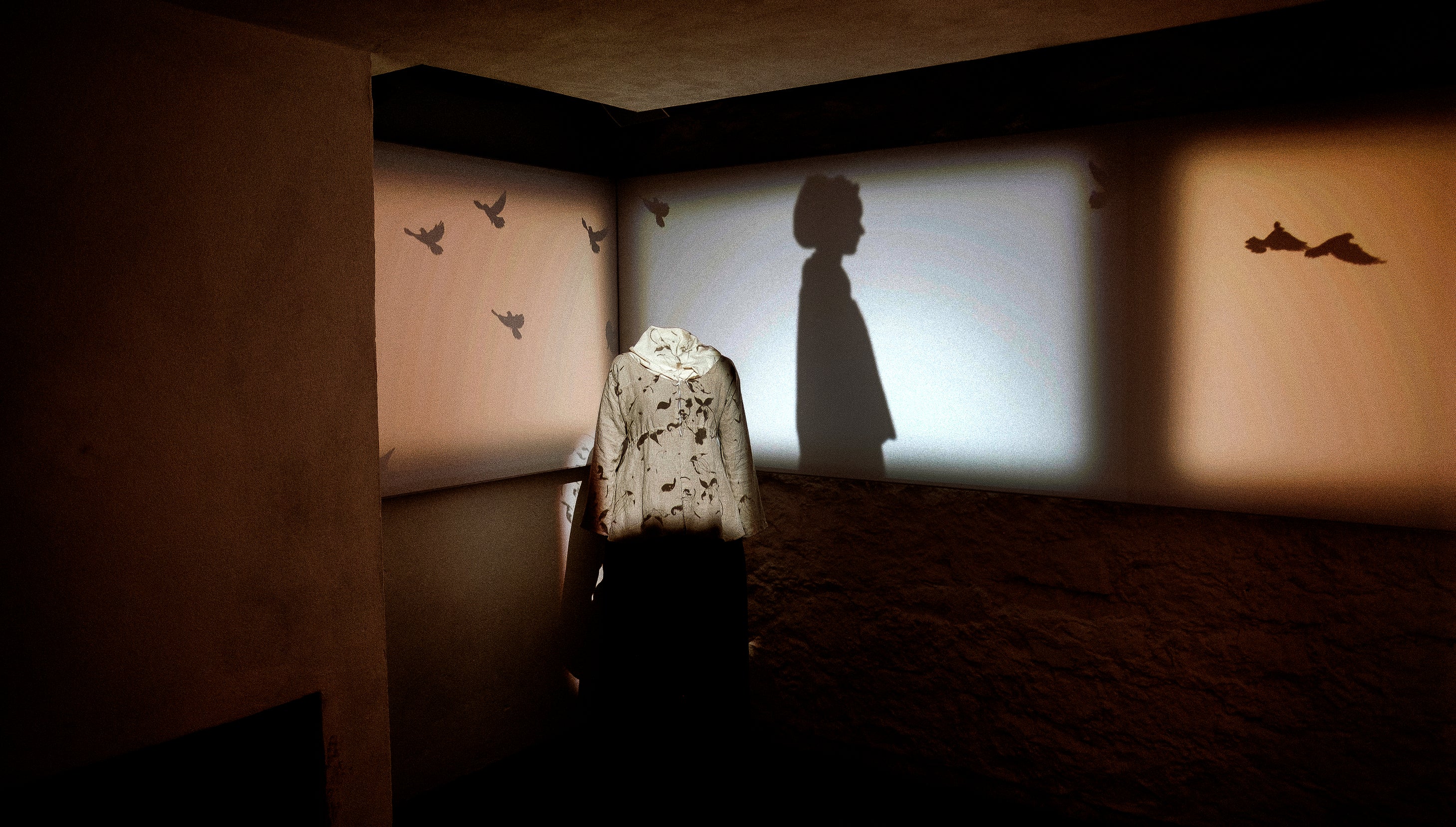
Sally Hemings, the enslaved mistress of founding father Thomas Jefferson, has finally been granted her own tribute at Monticello, the sprawling Virginia estate of the late president.
The controversial relationship between Hemings and Jefferson produced six children and hundreds of descendants who have, until recent years, been erased from the lauded legacy of Jefferson.
Last month, close to 300 descendants of Hemings, who lived and worked at Monticello most of her life, gathered to celebrate her legacy as the estate unveiled an exhibit that will permanently pay homage to her. The six new exhibits spotlight the role of Hemings and other enslaved families played in its creation and daily life.
“Monticello is no longer just the story of a Founding Father who wrote the Declaration of Independence. It includes the narratives of the enslaved people who were denied its promise of equality. Their stories belong here too,” said Thomas Jefferson Foundation President Leslie Greene Bowman.
For decades, Hemings’ story was the worst kept secret at Monticello with visitors often asking tour guides for information about her. DNA evidence connects the bloodlines of Hemings’ and Jefferson’s descendants, and the Thomas Jefferson Foundation, which owns Monticello, formally recognized the relationship in 2000.
“For a long time she has been erased from the historical record, her descendants’ stories were not believed. So for Monticello, an internationally-recognized institution, to finally give her the place that she deserves its momentous. It’s beyond compare,” Andrew Mitchell Davenport, a descendant of Hemings told NBC29.
It was the work of Annette Gordon-Reed, the historian who authored “Thomas Jefferson and Sally Hemings: An American Controversy” in 1997 that brought a fresh spotlight to Heming’s role in Jefferson’s life.
At 14, Hemings traveled to France with Jefferson’s daughter for two years. After France abolished slavery, Hemings initially refused to return to the U.S. But after Jefferson promised freedom for her future children, she returned to Virginia.







“An enslaved woman once she came back to Virginia, (she) was not able to refuse consent,” Gordon-Reed told the Associated Press. “I have no problem believing he had some kind of attachment to her, but we know nothing about her.”
The exhibits are now open to the public.






